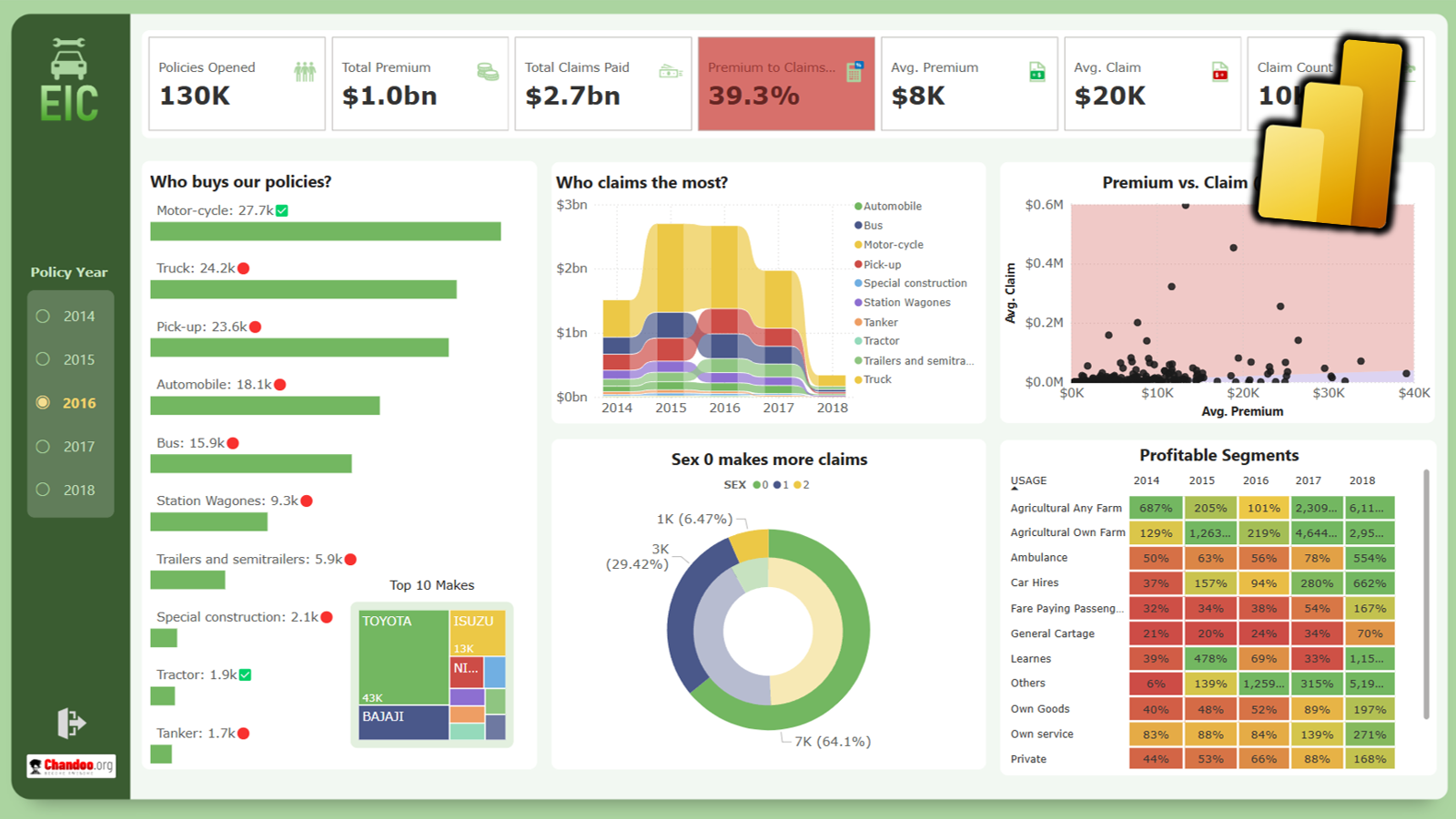Today I am asking you a tricky formula question. This is asked by Ionel on the Introduction to VLOOKUP, OFFSET & MATCH Formulas post.
The question is,
I have data in three columns: A,B,C and I want to get the average of the closest two values out of three in each row. Could you help me with a formula for this?
Now, how would you go about it?
 What does closest of two mean?
What does closest of two mean?
We can assume that close-ness is nothing but distance between 2 numbers on numeric scale. So 3 is closer to 2 and 4 compared to 1 or 5.
Your challenge:
Assuming your data is in A2:C10, what formula will you write in D2:D10 to solve this?
Go ahead and get some coffee and get thinking.
Want to cop-out?
I have posted one solution in the next comment. You can see how I went about solving it.




















6 Responses to “Nest Egg Calculator using Power BI”
Wow! What a Powerful article!
Hello Chandoo Sir
your file does not work with Excel 2016.
how can I try my hands on this powerful nest egg file ?
thanks
Ravi Santwani
@Ravi... this is a Power BI workbook. You need Power BI Desktop to view it. See the below tutorial to understand what Power BI is:
https://chandoo.org/wp/introduction-to-power-bi/
As always, superb article Chandoo... 🙂
Just one minor issue:
While following your steps and replicating this calculator in PowerBI, I found that the Growth Pct Parameters should be set as "Decimal number" not "Whole Number"
OR
we have to make corresponding adjustments in the Forecast formulas (i.e. divide by 100) to get accurate results.
You are right. I used whole number but modified the auto created harvester measure with /100 at end. Sorry I did not mention it in the tutorial.
Instead of
[Growth Pct 1 Value]/12
the monthly rate has to be
(1+[Growth Pct 1 Value])^(1/12)-1
It's a slight difference but in 30 years the future value will be $100k less.